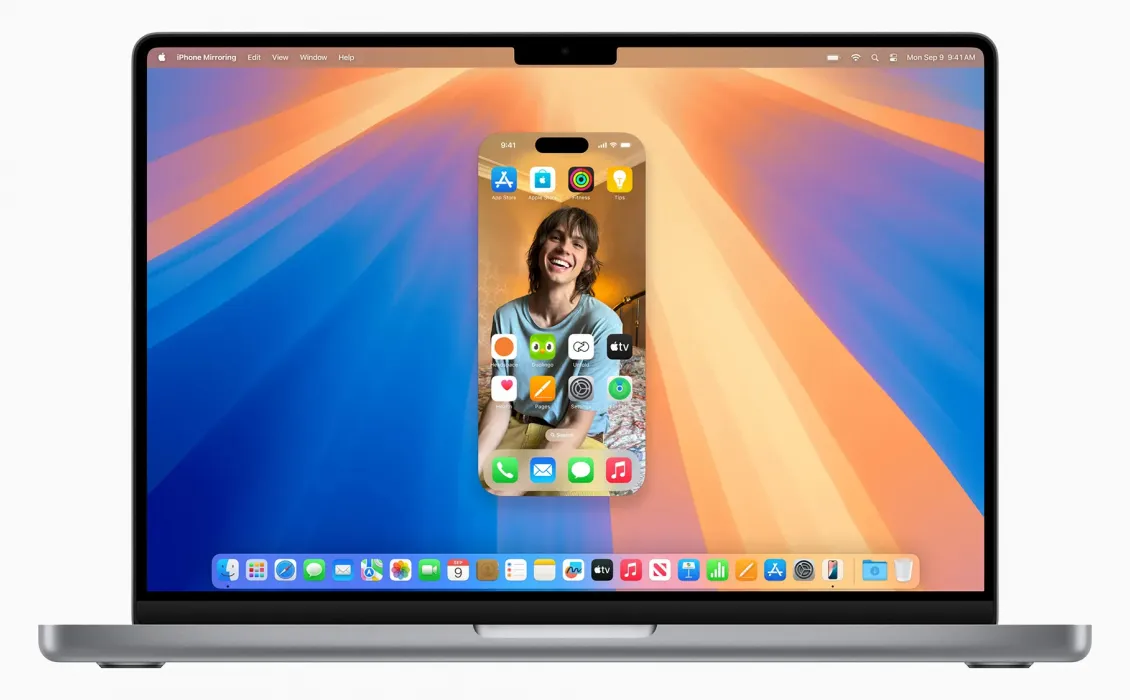If you’re a React Native developer on macOS and tired of booting up heavy simulators or Android emulators, there’s a better way.
I skip them entirely — and mirror real devices via USB instead. This approach lets me simulate the app visually on-screen, without needing to run an emulator or simulator at all.
What I Use
- macOS Sequoia 15.3.2
- React Native CLI
- Android Device + Vysor (USB mirroring)
- iPhone + macOS’s built-in iPhone Mirroring
Mirror Android with Vysor (USB)
Vysor is a simple way to mirror an Android device to your Mac screen. Even with the free version (USB only), it works great for development. You need to install Vysor on Mac and once you start the application with Android Device connected it will ask to install vysor on Android Device. Then it will show you a panel like this.
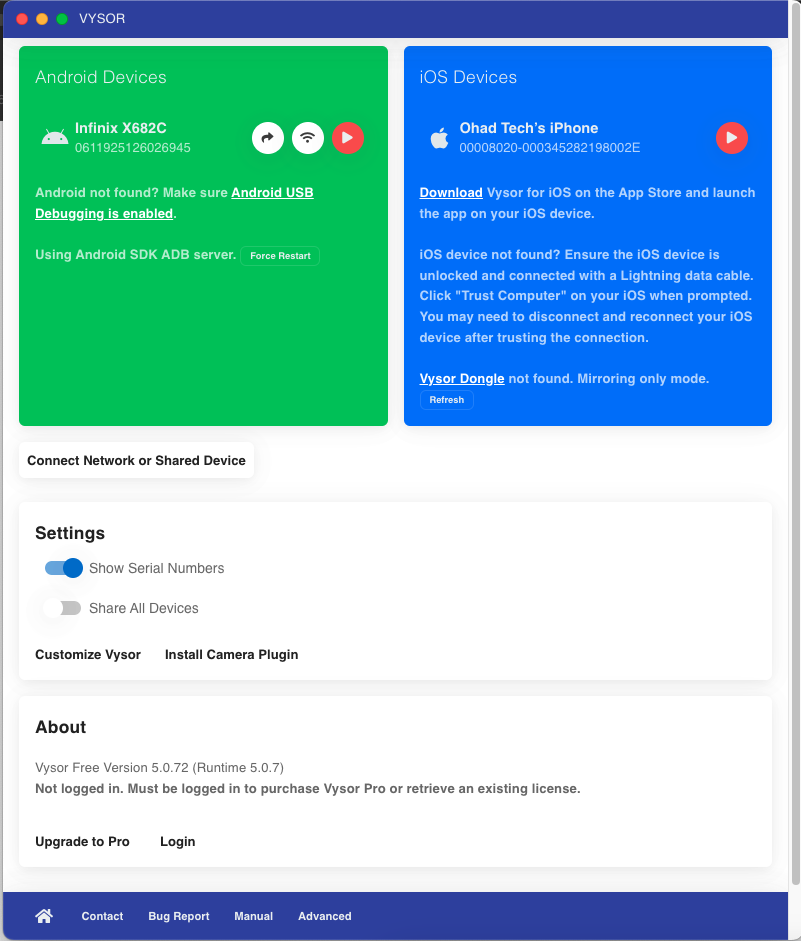
Steps:
- Enable USB Debugging on Android
- Connect via USB
- Launch Vysor and mirror the device
- Run your app
npx react-native run-android
Now you see the app on your Mac — via your real Android phone.
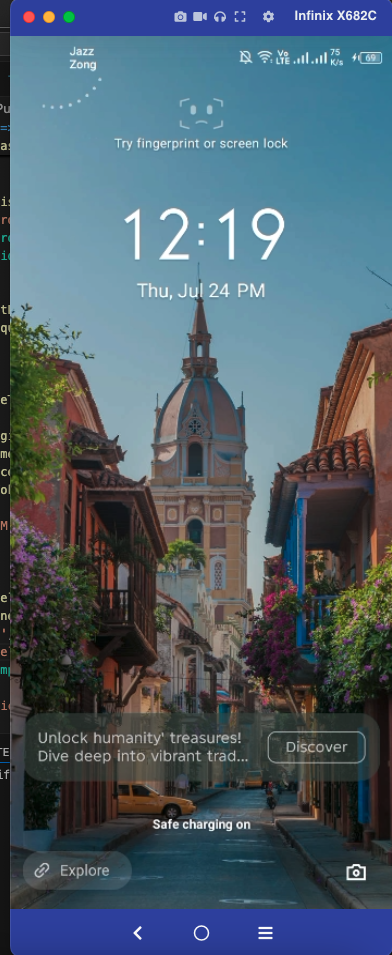
Mirror iPhone with macOS Sequoia
With macOS 15.3.2 (Sequoia), Apple introduced native iPhone Mirroring. Here are the steps to mirror iPhone.
Steps:
- Connect via USB
- Lock your iPhone
- Click on connect button in mirroring panel
- Enter iPhone password in iPhone
- See it working
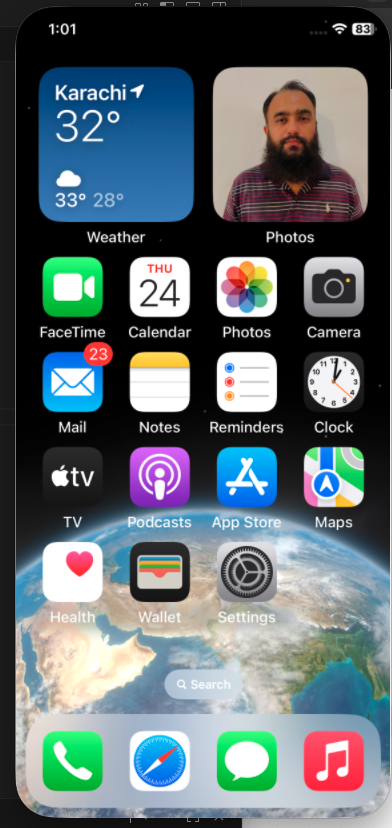
Why This Approach?
- Works on real hardware
- Mirrors the exact device UX
- No more slow simulators
- Works with React Native DevMenu, console logs, and debugging
- USB-based — no need to rely on wireless pairing
- Still has lots of space on screen to work with
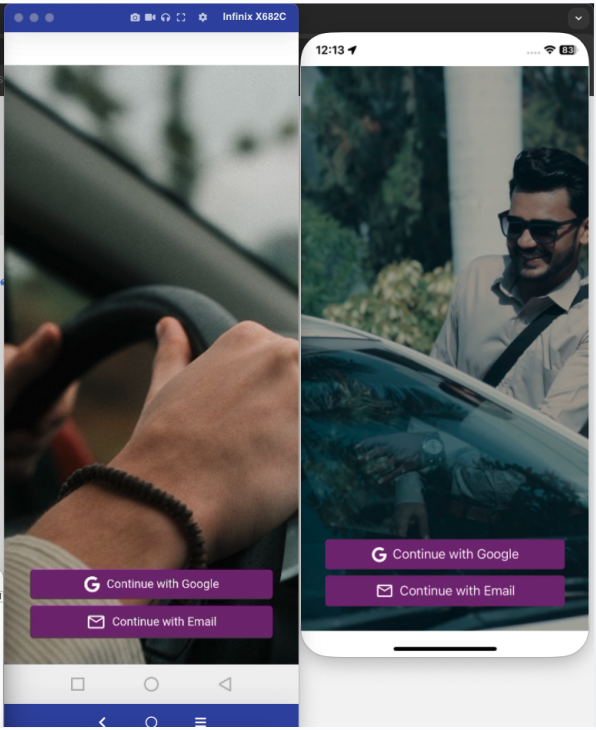
Final Thoughts
If all you need is to see and interact with your app on-screen, simulators are optional. Mirroring your real devices is a fast, reliable alternative — especially if you already work on macOS Sequoia.
If you found this post helpful, consider supporting my work — it means a lot.


